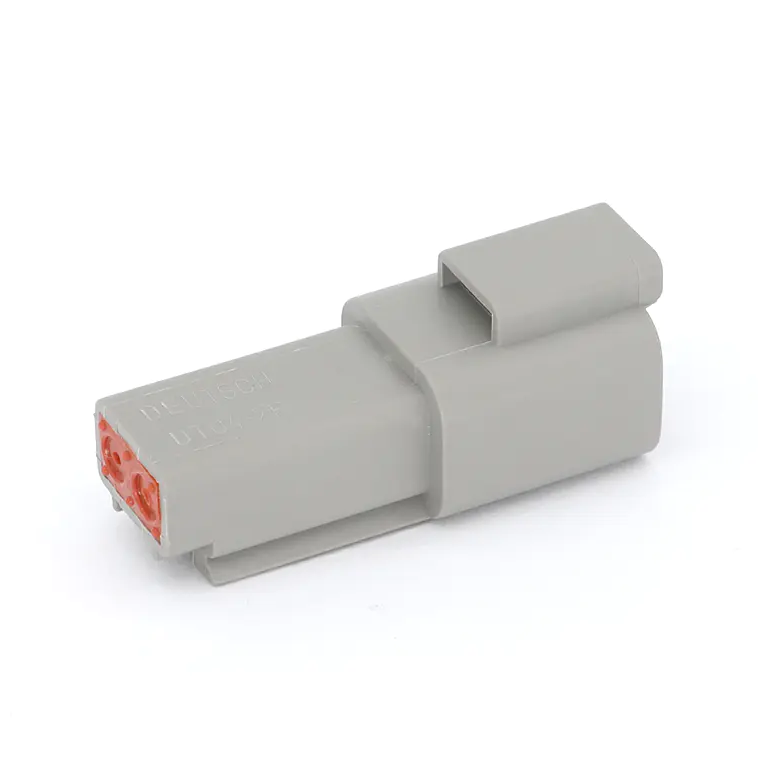Wiring tools are essential instruments used by electricians, technicians, and engineers to install, maintain, and repair electrical wiring systems. These tools are designed to enhance efficiency, safety, and precision in various wiring tasks, from residential installations to complex industrial setups.
One of the fundamental wiring tools is the wire stripper, which is used to remove the insulation from electrical wires, exposing the conductive core. Wire strippers come in various designs, from simple manual models to more advanced automatic versions that can handle multiple wire sizes and insulation types. Precise stripping is crucial to avoid damaging the conductor, which could lead to poor connections or safety hazards.
Crimping tools are another vital category, used to attach connectors to the ends of wires. These tools ensure a secure mechanical and electrical connection by deforming the connector around the wire. Crimping tools range from handheld manual versions to hydraulic or pneumatic models used for heavy-duty applications. Proper crimping is essential for reliable connections, especially in high-vibration environments.
Soldering irons and stations are used to join wires and components permanently. Soldering involves melting a metal alloy (solder) to create a conductive bond between the components. Soldering tools vary in complexity, from simple electric irons to sophisticated stations with temperature control and fume extraction. Skilled soldering is critical for durable and stable electrical connections.
Other essential wiring tools include pliers for gripping and bending wires, multimeters for measuring electrical parameters, and cable testers for verifying the integrity and connectivity of wiring systems. Additionally, tools like cable cutters, fish tapes, and conduit benders are used for specific tasks in wiring installation and maintenance.
In summary, wiring tools are indispensable for professionals working with electrical systems. Their proper use ensures safe, efficient, and reliable wiring installations, contributing to the overall performance and safety of electrical and electronic systems.
